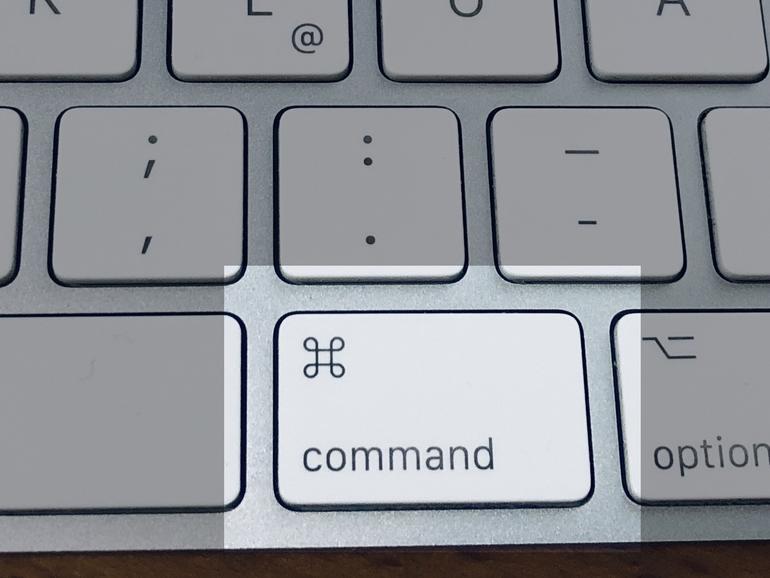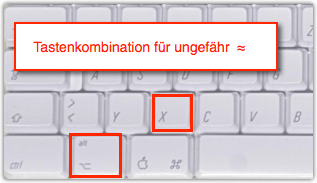
- #Mac symbolic linker how to#
- #Mac symbolic linker for mac os x#
- #Mac symbolic linker for mac#
- #Mac symbolic linker code#
Symbolic links on the other hand may differ from the file or folder they link to.

They differ from hard links in that hard links refer directly to the same file, and share the same permissions and owners. Symbolic links are useful shortcuts to other files or directories. So, you can also just simply remove the file using the rm command: rm /etc/name.txt This command will actually remove the symbolic link entirely - so it won’t appear in your directory system anymore. To remove this symbolic link, we could write: unlink /etc/name.txt For example, in our above code, we linked to /var/name.txt from /etc/name.txt. If you find yourself needing to remove an already created symbolic link, just use the unlink command. Symbolic links to directories also work in exactly the same way: ln -sf /var /etc/fakevar Instead, if you still want to make the file, use the -f option to overwrite name.txt: ln -sf /var/name.txt /etc/name.txt If the file /etc/name.txt/ already exists, this function will throw an error.
#Mac symbolic linker code#
For example, the below code will make a soft link to /var/name.txt from /etc/name.txt: ln -s /var/name.txt /etc/name.txt

To create a symbolic or soft link, we use the -s command. It does this by adding a contextual-menu item to the Finder that generates symbolic links to the selected files.
#Mac symbolic linker for mac#
By default, this command only makes hard links. What is SymbolicLinker for Mac SymbolicLinker is a tiny service that, once installed, allows any user to create symbolic links to files inside the Finder.
#Mac symbolic linker how to#
How to create symbolic links on Linux and MacĬreating symbolic links on Linux is relatively straightforward. For example, hard links can be useful if we want to easily delete the reference when using commands like rm.įor many basic uses, a symbolic or soft link works. The type of symbolic link you make can affect how other commands work on linux on those files or folders. They can point to files or directories on different file systems.


Select As Arguments from the Pass Input menu, then paste the following script into the Run Shell Script window (replacing any text that might be there already): for f in curFolder=`dirname "$f"` linkFile=`basename "$f"` fileSuffix="link" fileExists=`ls -d "$f $fileSuffix"` fileNumber=0 until do let fileNumber+=1 fileSuffix="link $fileNumber" fileExists=`ls -d "$f $fileSuffix"` done echo "$f $fileSuffix" ln -s "$f" "$f $fileSuffix"doneīelow that, drag the View Results action from the same library. Drag the Run Shell Script action from the Utilities section of the Actions library. As some of you may have noticed, a number of Unix tools, especially file and.
#Mac symbolic linker for mac os x#
Next, select Files or Folders from the Service Receives Selected drop-down and Finder.app from In. A free and open source contextual menu plugin for Mac OS X that allows users to make symbolic links in the Finder. Start by opening Automator and selecting Service from the list of templates.


 0 kommentar(er)
0 kommentar(er)
